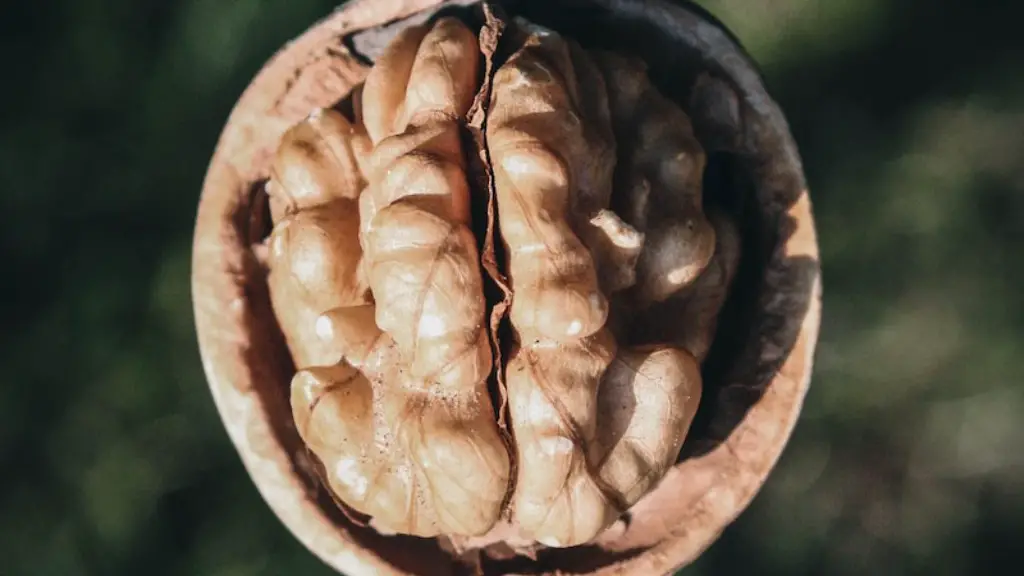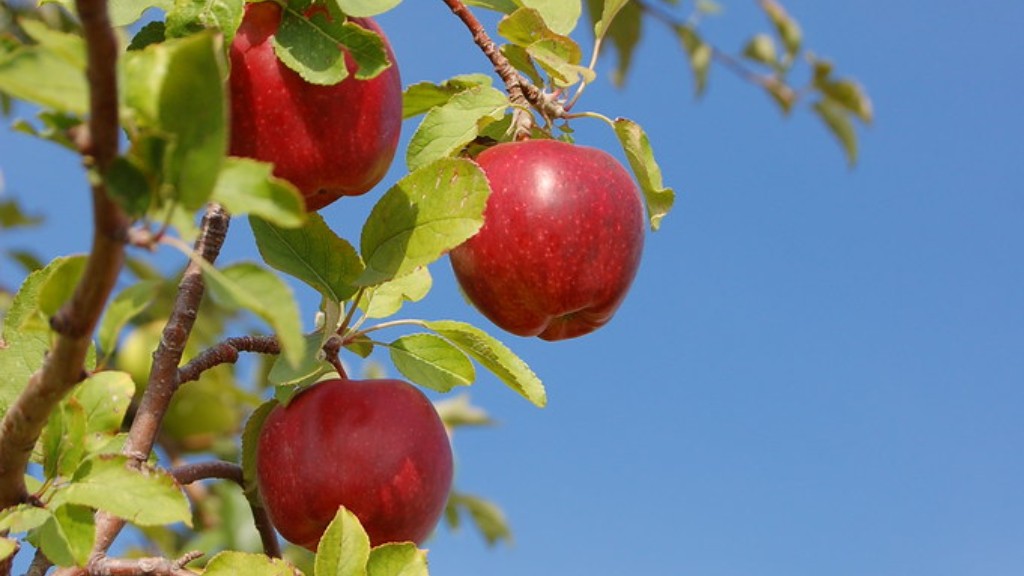Avocado trees are a popular choice for those looking to grow their own produce in the comfort of their home or apartment. With the right care, an avocado tree can quickly become the pride and joy of any home.
The first step in taking care of an avocado tree indoors is deciding where to place it. Avocado trees need to be in a place that is well lit with natural light throughout the day. Placing the tree near a window that receives direct sunlight for at least 6 hours a day is ideal. If the tree is located in an area with less light, artificial plant lights can be used to supplement its need for light.
Temperature is also an important consideration when caring for an avocado tree indoors. Avocado trees need temperatures between 60 and 80 degrees Fahrenheit, with temperatures above 80 affecting the tree’s growth. Additionally, temperature fluctuations should be avoided as they can cause leaves to drop and pests to breed. It’s also important to ensure the tree is in an area with plenty of air circulation, as stagnant air can lead to mold and diseases.
Water is a critical element for the health of any living being and avocado trees are no exception. Watering an avocado tree can become tricky, as keeping the soil too wet or too dry can result in problems. During the fall and winter months, the tree should be watered every two weeks, but it should be done more frequently in the spring and summer. The soil should be damp, but not drenched. An easy trick is to insert a finger into the soil up to the second knuckle. If it feels moist, the tree has been watered sufficiently.
Feeding an avocado tree is also necessary to ensure it has the nutritive elements it needs to grow. A slow-release fertilizer that is high in nitrogen, phosphorus, and potassium should be used at least every 60 days during winter and spring. For summer and fall, the fertilizer can be used every 30 days to keep the tree well nourished.
Pruning is important to help the tree grow in the desired shape and size. It should be done by cutting off any diseased, dead or damaged branches and leaves. Pruning can also help to stimulate the growth of new fruit-bearing branches. It’s suggested to prune the tree every two months to keep it in good shape and prevent it from becoming too large for the desired space.
If any pests are spotted on the tree, it’s important to act quickly to treat the problem to prevent further damage and contamination. Treatment products can be found at a gardening store, or consultation with an expert can be sought. Fungal infections such as anthracnose can also affect avocado trees, and should be treated with a suitable fungicide.
Making the Most of Your Avocado Tree
Be sure to take regular care of your avocado tree to get the best out of it. Inspecting the tree on a regular basis can help to detect any pests or diseases early, as well as help to identify any nutrient deficiencies. Checking the soil frequently is also important to ensure the tree is not being overwatered or deprived of proper nourishment.
In addition, it is best to give the avocado tree a break from the indoors in the summer months, as it needs ventilation in order to thrive and reach its full potential. A patio or balcony area can be a great option for allowing the tree to enjoy some outdoor heat, in addition to its regular feedings and waterings.
Finally, it’s important to make sure to be gentle when handling the tree and to not over-prune it. It can take several months for new buds to appear, so patience is important when it comes to working with an indoor avocado tree.
Harvesting Avocados
Avocado trees can take anywhere from 4 to 8 years to begin bearing fruit, so it’s important to be patient. It’s also important to ensure the tree has been properly cared for and has received plenty of love and attention in order to ensure that the fruit it produces is of the highest quality.
Once the tree begins producing fruit, it’s time to pick the avocados when they have fully matured. The fruit is typically ready to be picked when it has developed a deep green color and when the flesh of the avocado yields to gentle pressure. It’s important to be gentle when picking the fruit, as too much force can damage it and the tree.
Once the fruit has been picked, it can be enjoyed right away or refrigerated for later use. As each avocado tree produces different sizes and shapes of fruits, it’s important to adjust your expectations and accept the beauty of nature’s variations.
Boosting Fruit Yield
When caring for an indoor avocado tree, boosting the yield of fruit can easily be done by introducing pollination. By lightly shaking the tree on a regular basis, you can ensure the pollen reaches the flowers of the plant and helps stimulate them to produce fruit. Additionally, additional pollination can be encouraged by introducing a variety of insects, such as bees and moths, into the environment.
Another way to boost fruit production is to fertilize the tree every month with a high-quality fertilizer. Fertilizers that are sprayed onto the tree are said to be more effective than those that are applied to the soil, as they directly stimulate the plant.
Giving the Tree a Boost in Winter
During the colder winter months, an indoor avocado tree can benefit from the use of a heat lamp. This can help to keep the tree warm and safe from the cold. Additionally, the heat lamp can be used on colder nights when temperatures dip below freezing, as this can be damaging to the tree if it is not properly protected.
In addition to using a heat lamp, avocado trees can benefit from increased humidity during the winter. Increasing the humidity around the tree is beneficial as it keeps the air moist, aiding the tree’s growth and vitality. This can easily be done by misting the tree with a spray bottle filled with water.
Preventing Root Rot
Root rot is a common issue with indoor avocado trees, and is caused by a fungal infection that spreads from the root system of the tree. To prevent root rot from developing, it is important to ensure the tree is not being overwatered, as this can create a hospitable environment for the fungus and other diseases. It is also essential to select a pot that offers proper drainage for excess water to ensure the roots are not submerged in water.
In addition to proper draining and watering, using a fungicide on the tree can help prevent root rot. This can easily be done by spraying the soil and roots with a fungicide or rooting compound specifically designed for this purpose.
Storing Avocados Properly
Once picked, avocados can be stored in a cool, dark place. Good location options can be a pantry, cupboard, or refrigerator. Placing avocados in an open bowl can also help to keep them from ripening too quickly. It is best not to store them in a plastic bag, as this can cause them to become mushy. Instead, use a breathable material such as a paper bag or a brown paper lunch bag.
It is also important to be mindful of how the avocados are handled and stored once they have been taken from the tree. Bruised and damaged fruits should be used quickly to prevent any further damage from taking place.
Avocado aficionados will also want to make sure to save some of the fruits for replanting. With the right care and attention, these seeds can be used to propagate new avocado trees that can be enjoyed in the future.


